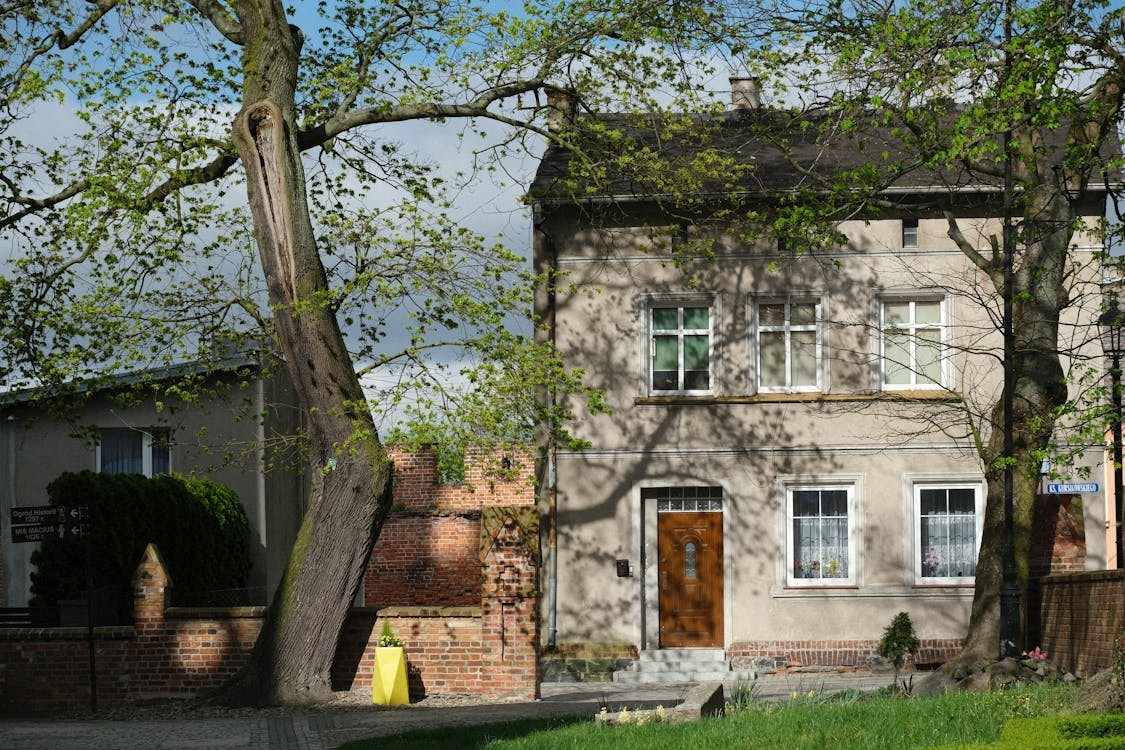
Trees enhance curb appeal and filter pollutants from the air. Their towering presence offers welcome shade in summer and provides habitat for birds. Many homeowners overlook hidden threats that arise when roots creep beneath concrete slabs or branches graze rooflines. A clear grasp of these risks helps property owners safeguard investments. This article describes how root pressure, limb contact, and soil moisture swings can harm foundations and walls, then outlines steps that balance structural safety with healthy tree care. Homeowners who spot early warning signs can address issues before major repairs become necessary.
Root Systems vs. Foundation
Wooded lots often feature trees that send roots in search of moisture near foundations. Persistent root growth can lift walkways, crack driveways, and force hairline fractures in masonry. Early detection of soil heaving or shifting blocks offers a chance to correct minor damage before it worsens. Selective trimming of roots reduces pressure on walls and slabs. Contact an arborist near me for a targeted root pruning plan. Barrier installation along critical zones can halt further intrusion and protect footings over time.
Overhanging Branch Hazards
Roof shingles sustain damage when limbs brush against them in wind. Loose granules invite water seepage under flashing. Fallen branches clog gutters and accelerate wood rot at eaves. Costly repairs may follow after a storm tosses a heavy limb onto roofing materials or skylights. Homeowners seeking precise, safe cuts can hire a certified arborist charlotte nc for proper canopy management. Trimming branch tips at least ten feet from structures offers a buffer that wards off these threats.
Moisture Dynamics and Soil Movement
Trees draw substantial amounts of groundwater during dry spells. Removing moisture from clay-rich soils causes contraction and slab settlement. Frequent rainfall, in contrast, leads to soil heave that stresses foundations upward. Both extremes disrupt load-bearing surfaces and create misalignment in doors or windows. Site grading around tree beds can guide runoff toward safe areas. Proper drainage systems channel excess water away from building perimeters to maintain balanced soil conditions.
Best Practices for Prevention
Routine tree inspections reveal disease indicators or structural defects. Pruning alleviates wind drag and reduces limb weight. Installing root barriers shields underground utilities and footings. Regular mulching around trunks preserves soil moisture balance. Local homeowners often consult an arborist charlotte nc before starting landscaping projects. Clear communication between contractors and tree professionals ensures that hardscapes and greenery coexist without compromising stability.
Healthy trees boost property value and enrich outdoor spaces, provided they receive proper care. Spotting early signs of root pressure and limb hazards spares homeowners from expensive foundation or roof repairs. Engaging skilled experts promotes long-term safety and preserves tree health. Timely intervention paired with professional expertise transforms potential threats into well-managed landscape features, supporting both structural integrity and a thriving yard.
Write a comment ...